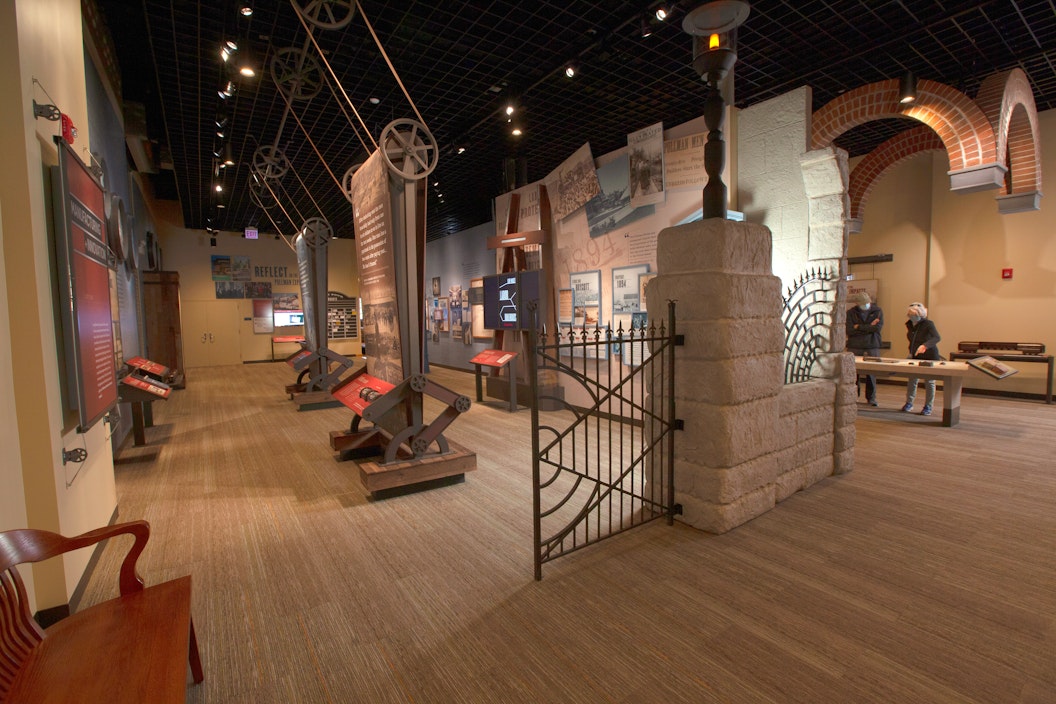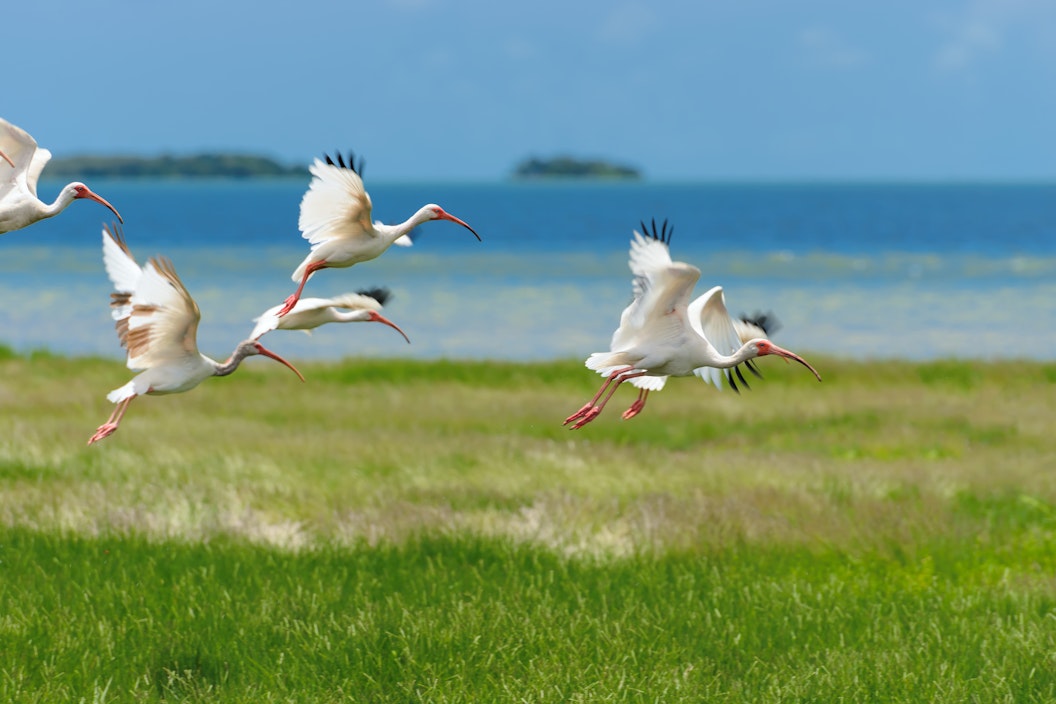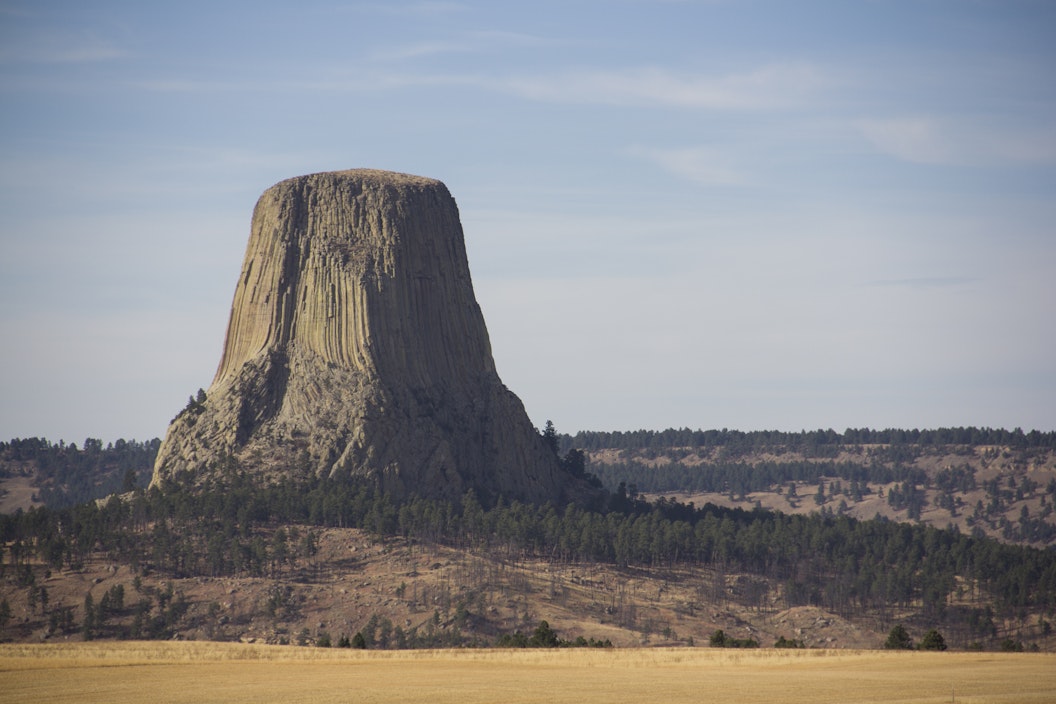
Protecting the Wonders of Everglades National Park
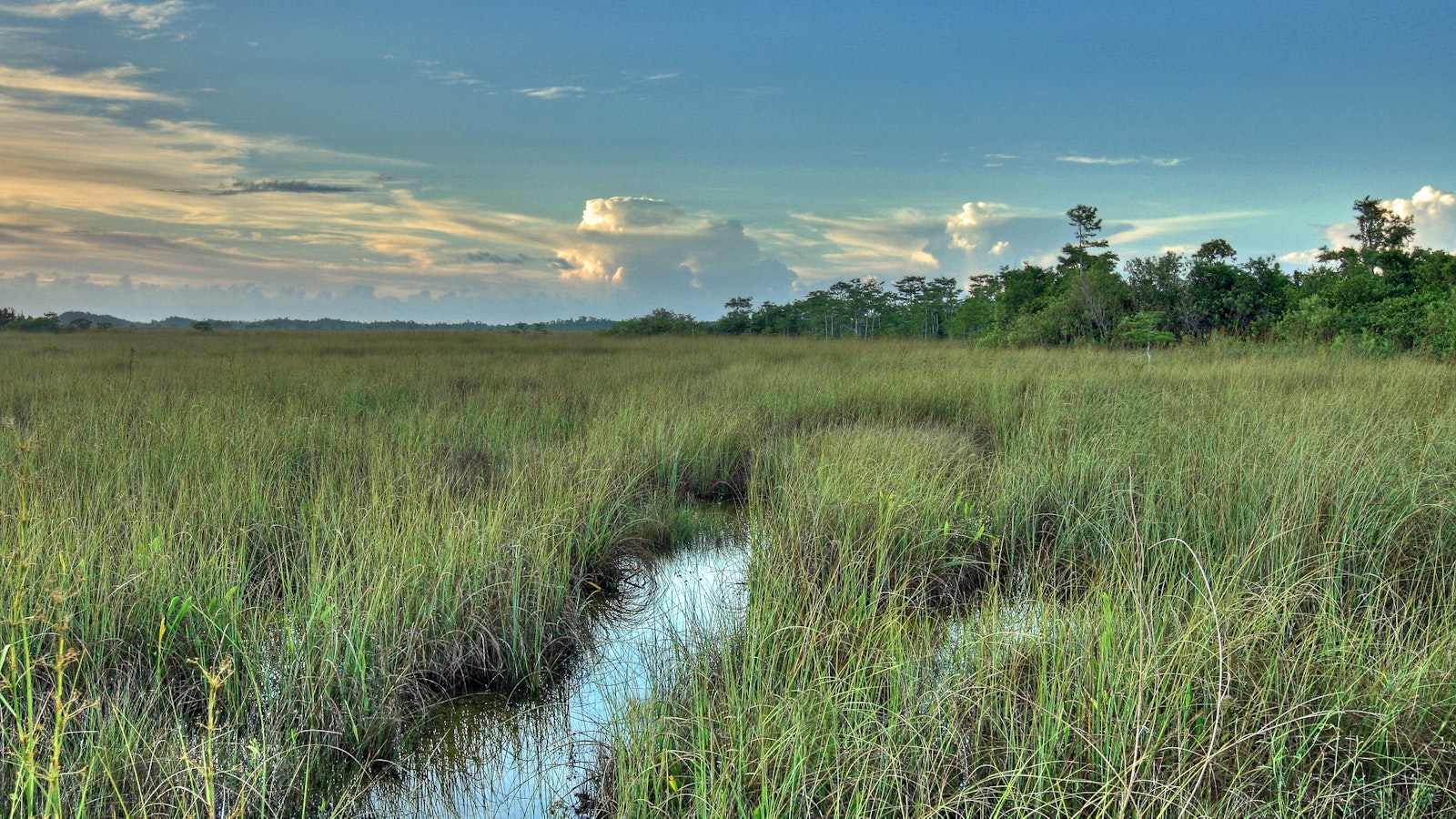
.
.
From wildlife protection to enhancing the visitor experience, NPF supports a range of projects at the South Florida National Park.
Everglades National Park protects 1.5 million acres of lush terrain and wetland habitat, as well as a diverse array of plants and animals. Located in southern Florida, visitors enjoy the wonder of the park while boating or kayaking to catch a glimpse of a manatee or dolphin, paddling amongst the mangroves or cypress trees, learning about a champion of the park, or taking a walk. The National Park Foundation (NPF) is proud to support several projects at Everglades National Park that help protect the park's many natural resources and help visitors to enjoy its recreational offerings.
Monitoring the Endangered Florida Bonneted Bat
NPF celebrates Bat Week each October, but at Everglades National Park, every week is bat week. Park staff work year-round to protect species like the Florida bonneted bat: the largest species of bat in the state and one that performs a special role in the Everglades ecosystem. These bats help the rest of the park’s animal inhabitants thrive by acting as a pollinator – dispersing seeds as they fly – and by preying on insects and pests that could damage natural habitats.
While they are incredibly helpful, Florida bonneted bats are also very rare. To date, only a select few bonneted bat nursery roosts – where the bat lives, like hollow trees, caves or even in a building – have been found. The Florida bonneted bat is considered an endangered species by the Federal Endangered Species Act.
With financial support from NPF, the park is helping to protect this treasured species by evaluating the impact of proposed park maintenance projects on Florida bonneted bat habitats. Wildlife biologists are using new technology like ultrasonic microphones, telescoping poles, and acoustic recording devices, to monitor bat activity and gain a better understanding of their nesting habits in the park. The data gathered will give park staff the knowledge necessary to mitigate the impact of human activity on the bats’ habitats.
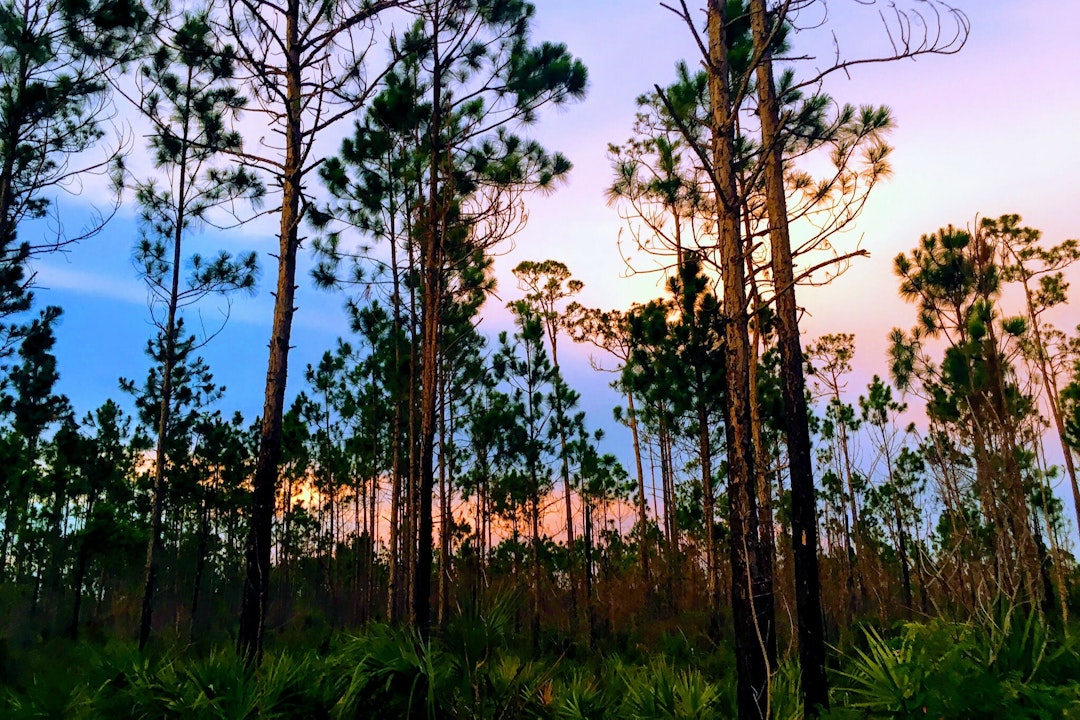
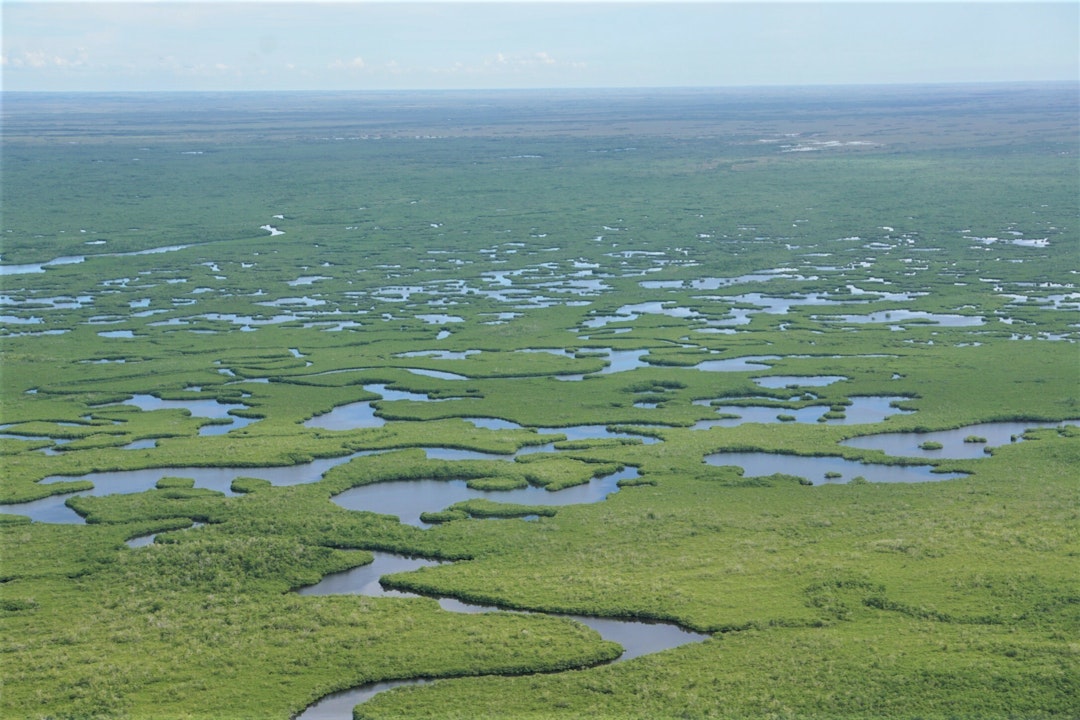
Biologists have already recorded over 11,000 files of bat echolocation calls, but their work is just getting started. They will continue to conduct surveys of Florida bonneted bats, as well as of bats more generally at Everglades National Park.
Enhancing the Visitor Experience

At the heart of the Everglades is the Shark Valley District Area. Over 120,000 visitors step foot in Shark Valley each year to stop by the park’s visitor center, walk or bike along its trails, or take a narrated tram ride along the Everglades’ scenic marshy rivers. Financial support from NPF is helping the park improve the visitor experience at Shark Valley District Area. New park plans and designs will reduce congestion and crowding at the site, as well as modify rest stops and parking, and improve visitor safety.
With help from the Cornelia T. Bailey Foundation, NPF is also helping to renovate the park’s Guy Bradley (Flamingo) Visitor Center by providing financial support for the production and installation of 6,000 square feet of interpretive exhibits. The visitor center's new exhibits will highlight the diverse stories, resources, and recreational opportunities available in the Flamingo and Florida Bay regions of Everglades National Park. The project will also install interactive elements and graphics to create an engaging, flexible, and practical space that orients visitors, deepens their understanding of the area’s significance, and encourages them to explore the park.
Installing Signage to Protect Wildlife
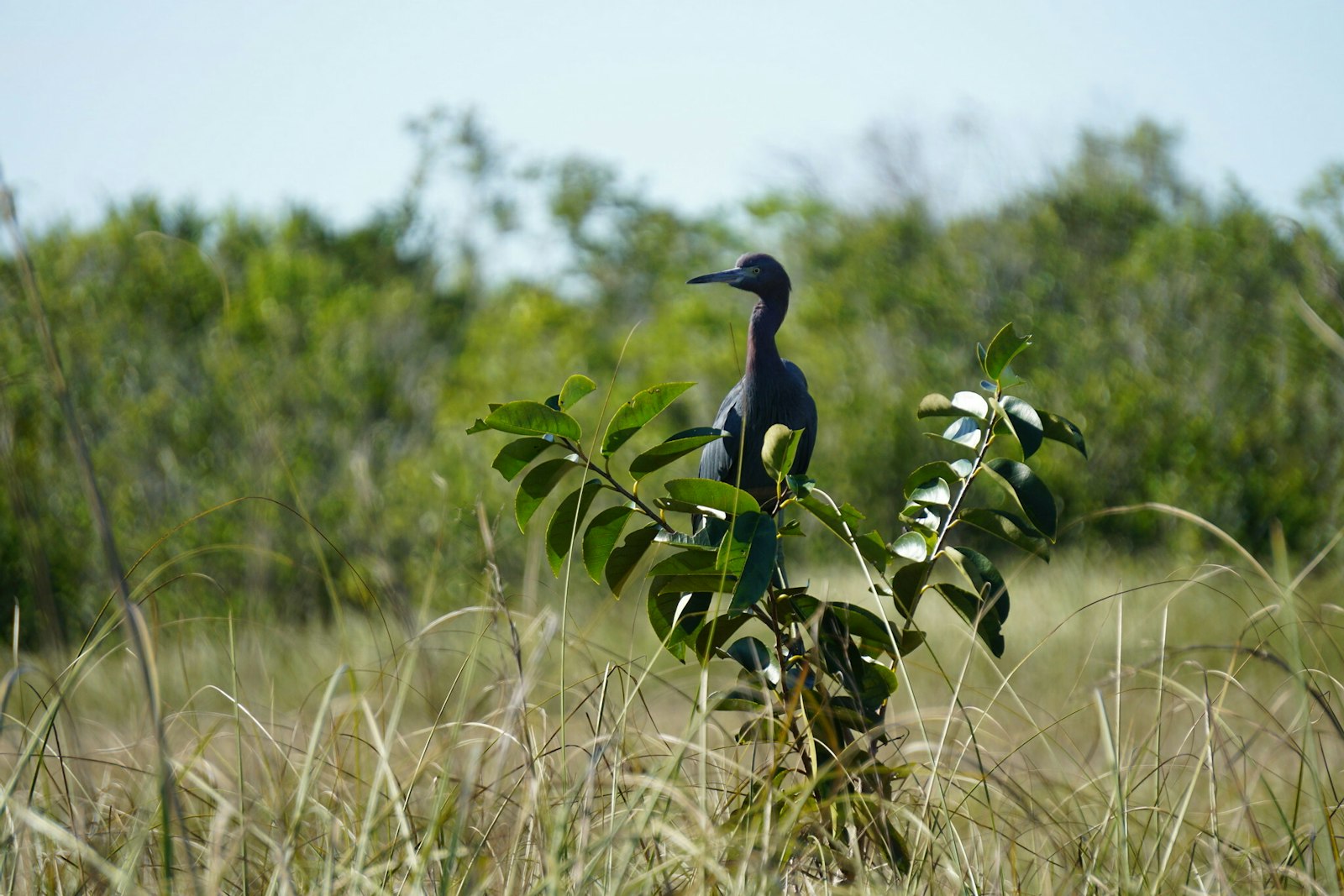
Everglades National Park is making efforts to protect the diverse array of wildlife that reside within the park by producing new wildlife protection signage. These signs will help to protect American crocodiles and foraging wading birds by communicating seasonal closures – and consequences of trespassing – in places where these animals are nesting.
Not only will these signs help to protect wildlife, they will also help visitors better understand why the park enforces these protective measures. The signage will clearly define nesting colony closure areas and explain why speed limit restrictions are in place. For example, if crocodiles are nesting alongside a road, park staff will utilize signage to enforce the speed limit and reduce the risk of a female crocodile being hit by passing vehicles.
Related Content

